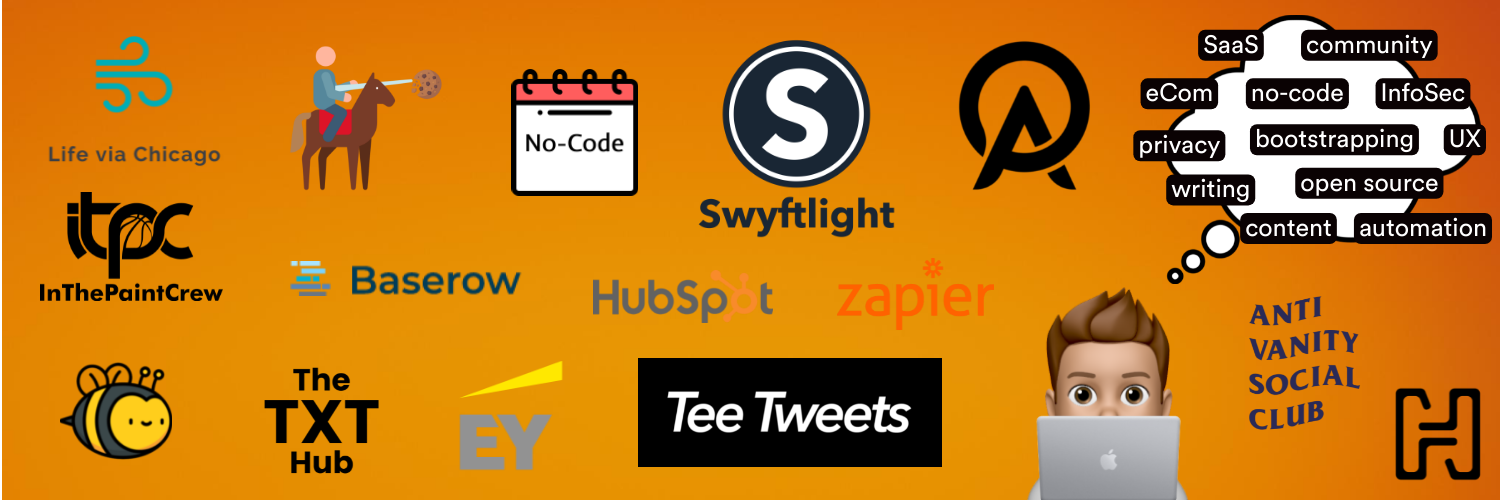

There’s nothing that can express my disdain for Google’s reCaptcha.
😒 We’re training its AI models 😒 It’s free labor for Google 😒 Sometimes it wants the corner of an object, sometimes it doesn’t 😒 Wildly inconsistent 😒 Always blurry and hard to see 😒 Seemingly endless 😒 It’s the robot asking us humans if we’re the robots






These are the best people on earth.